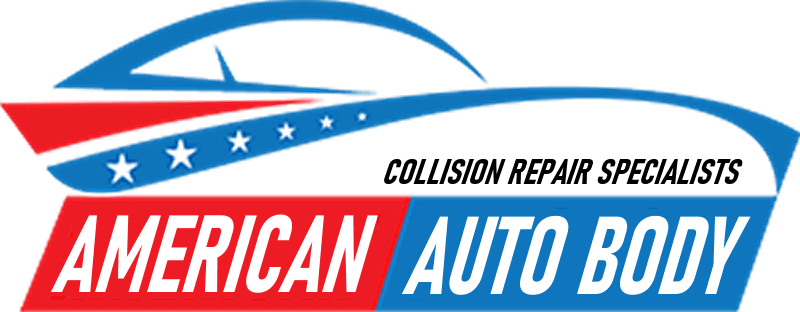How to Maintain Your Vehicle’s Paint Job After a Professional Refinish
A professional paint refinish can completely transform the appearance of your vehicle, restoring its showroom shine and protecting its value. However, achieving that perfect finish is only half the battle; maintaining it is equally crucial. Whether you’ve just invested in a full respray, a touch-up, or a panel repair, proper post-refinish care ensures your vehicle’s paint remains vibrant, glossy, and well-protected for years to come. In this comprehensive guide, we’ll delve deep into the best practices for maintaining your car’s paint job after a professional refinish, so you can keep your investment looking as good as new.
From understanding the curing process and choosing the right cleaning techniques to protecting the finish from environmental hazards and selecting the best products, we’ll cover every aspect. These expert tips apply to all vehicles, whether you drive a classic car, a daily commuter, or a high-end sports car. Let’s explore the essential steps to safeguard that flawless finish and extend the life of your vehicle’s paint.
Understanding Post-Refinish Paint Curing
The first step in maintaining your newly refinished paint job is understanding how automotive paints cure. While modern paints are typically baked in a controlled environment after application, the curing process often continues for several weeks after you take your vehicle home. During this period, the paint is still hardening and is especially vulnerable to damage from chemicals, water spots, and scratches.
Most professional body shops will advise you to avoid washing your vehicle or exposing it to harsh elements for at least 30 days. This is because the solvents in the paint continue to evaporate, and any premature cleaning or waxing can trap these solvents and reduce the paint’s durability. To learn more about best practices for fresh paint care, it’s wise to follow both your shop’s recommendations and industry guidelines.
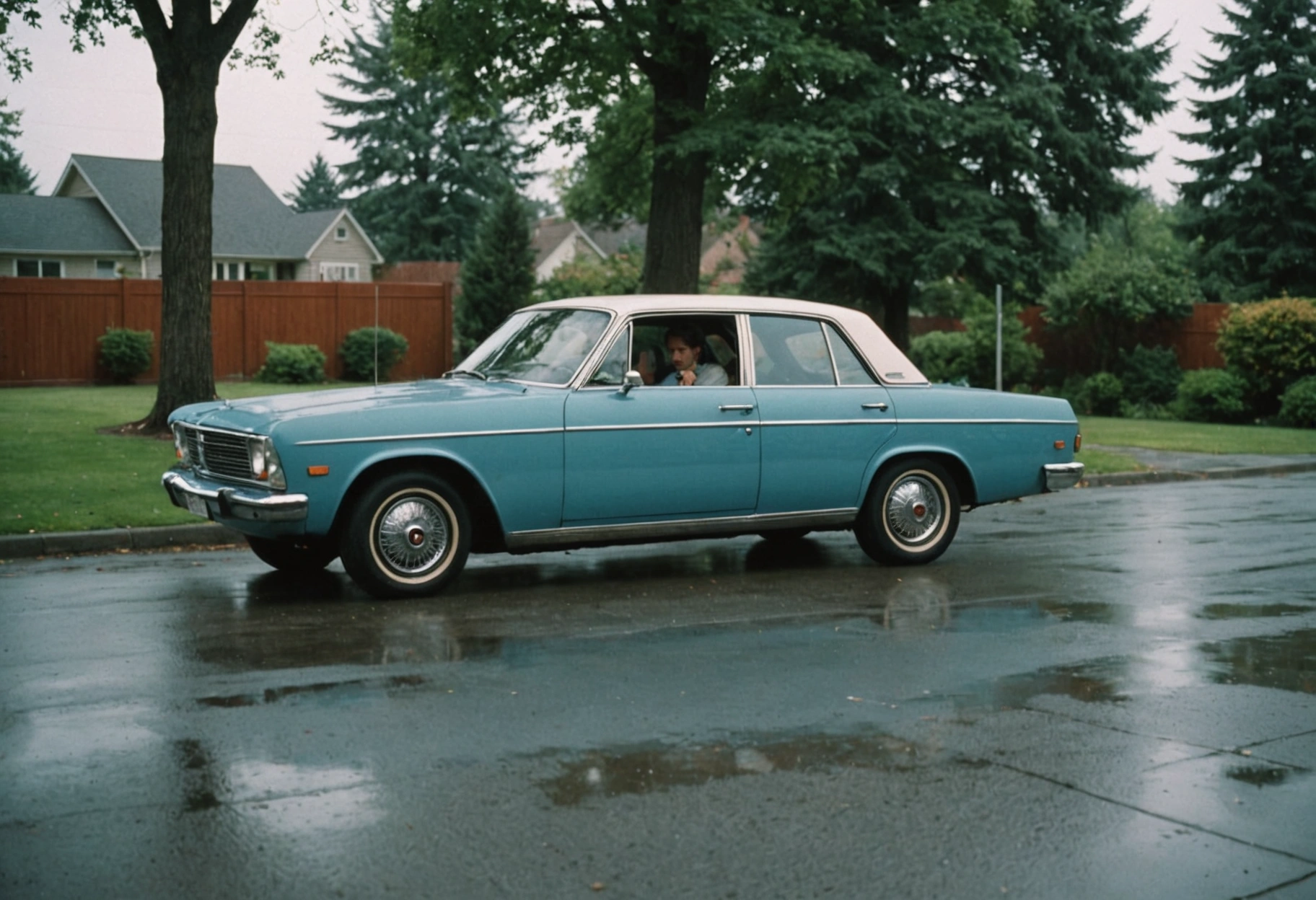
First 30 Days: Critical Care for New Paint
The first month after a professional refinish is the most critical for ensuring long-term paint health. During this time, avoid automated car washes, waxing, or applying paint sealants. Instead, if you must clean your vehicle, rinse it gently with clean water and use a soft, non-abrasive cloth to remove dust or debris. Never use household detergents or harsh chemicals, as these can damage the fresh paint surface.
Avoid parking your car under trees, near construction sites, or in areas where it’s likely to collect bird droppings, sap, or industrial fallout. These contaminants can etch into the soft, uncured paint and cause permanent blemishes. If such contaminants land on your paint, remove them immediately with a damp microfiber cloth and clean water. For more detailed guidance on how and when to wash a car after new paint, refer to recognized automotive care resources.
Proper Washing Techniques
Once the paint has cured (usually after 30 days), you can begin washing your vehicle more thoroughly, but technique is key. Always use the two-bucket method—one bucket for clean, soapy water and one for rinsing your wash mitt. This prevents dirt from scratching the paint surface. Choose a pH-neutral car wash soap specifically designed for automotive finishes, and avoid dish soaps or household cleaners that can strip away protective coatings.
Use a soft microfiber wash mitt or sponge, and rinse it frequently to avoid dragging dirt across the paint. Wash your vehicle in the shade or during cooler parts of the day to prevent water spots and soap residue from drying on the surface. After rinsing, use a clean, plush microfiber drying towel or a soft chamois to dry the car. Learning the proper way to wash your car is essential for preserving your paint’s luster.
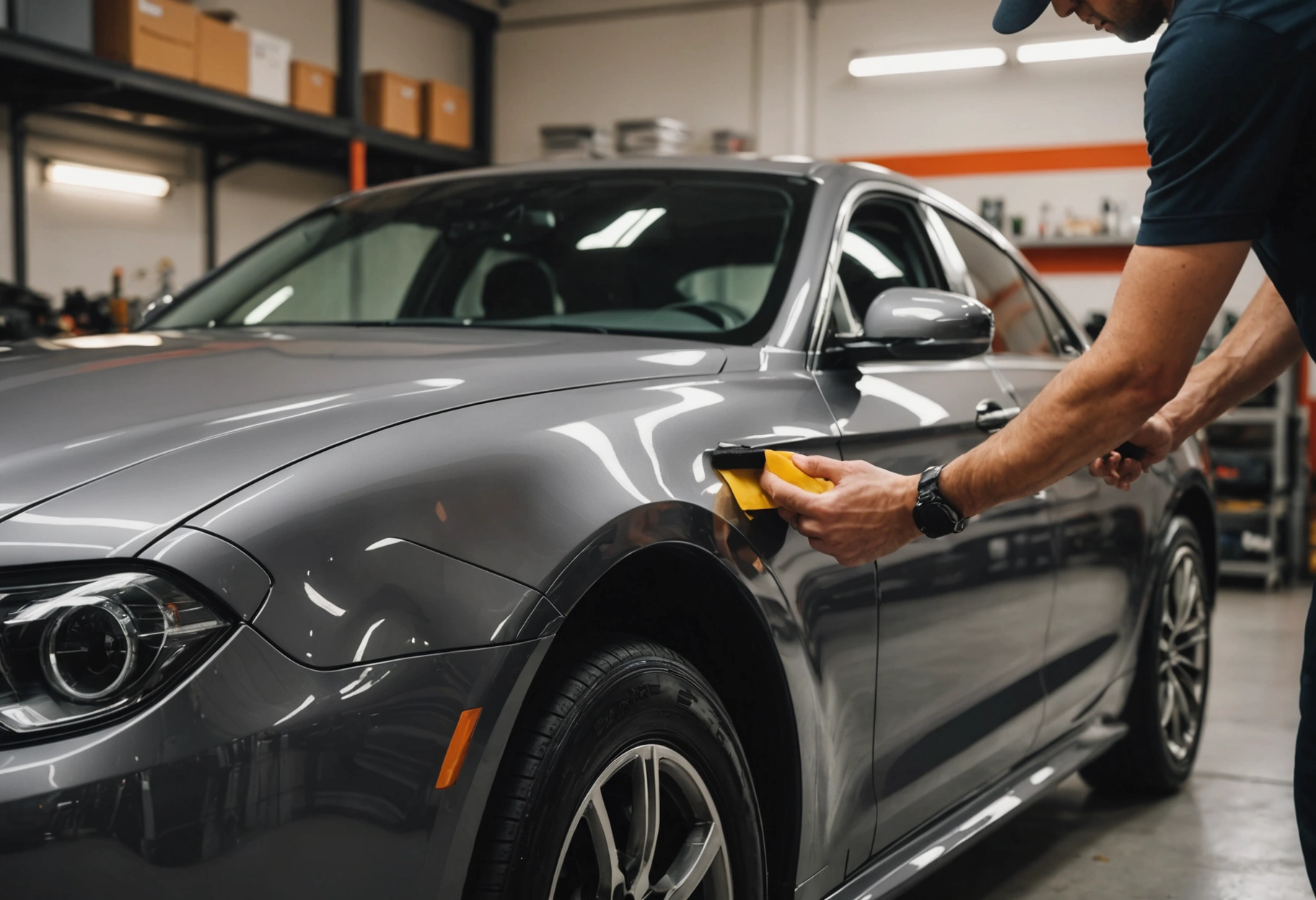
Waxing and Paint Protection
Waxing is a critical step in maintaining a deep, glossy finish and protecting your paint from the elements. However, do not wax your car for at least 30 to 90 days after a professional refinish, as the paint needs time to fully cure. Once the curing period has passed, choose a high-quality carnauba wax or synthetic paint sealant designed for automotive finishes.
Apply wax in thin, even layers using a soft applicator pad, and buff it off with a clean microfiber cloth. Regular waxing (every 2–3 months) helps shield your paint from UV rays, road salts, tree sap, and other contaminants. For even greater protection, consider advanced ceramic coatings, which bond to the paint and provide long-lasting defense. Resources like how to wax your car for maximum shine and protection can help you choose the right product and technique.
Dealing with Environmental Contaminants
Even after the initial curing period, your vehicle’s paint is constantly exposed to environmental threats such as bird droppings, bug splatter, tree sap, pollen, and industrial fallout. These contaminants can quickly damage the finish if not removed promptly. Bird droppings and bugs are acidic and can etch through even hardened paint if left unattended. To mitigate this, inspect your vehicle regularly and remove contaminants as soon as possible using a gentle, dedicated cleaner or a damp microfiber cloth.
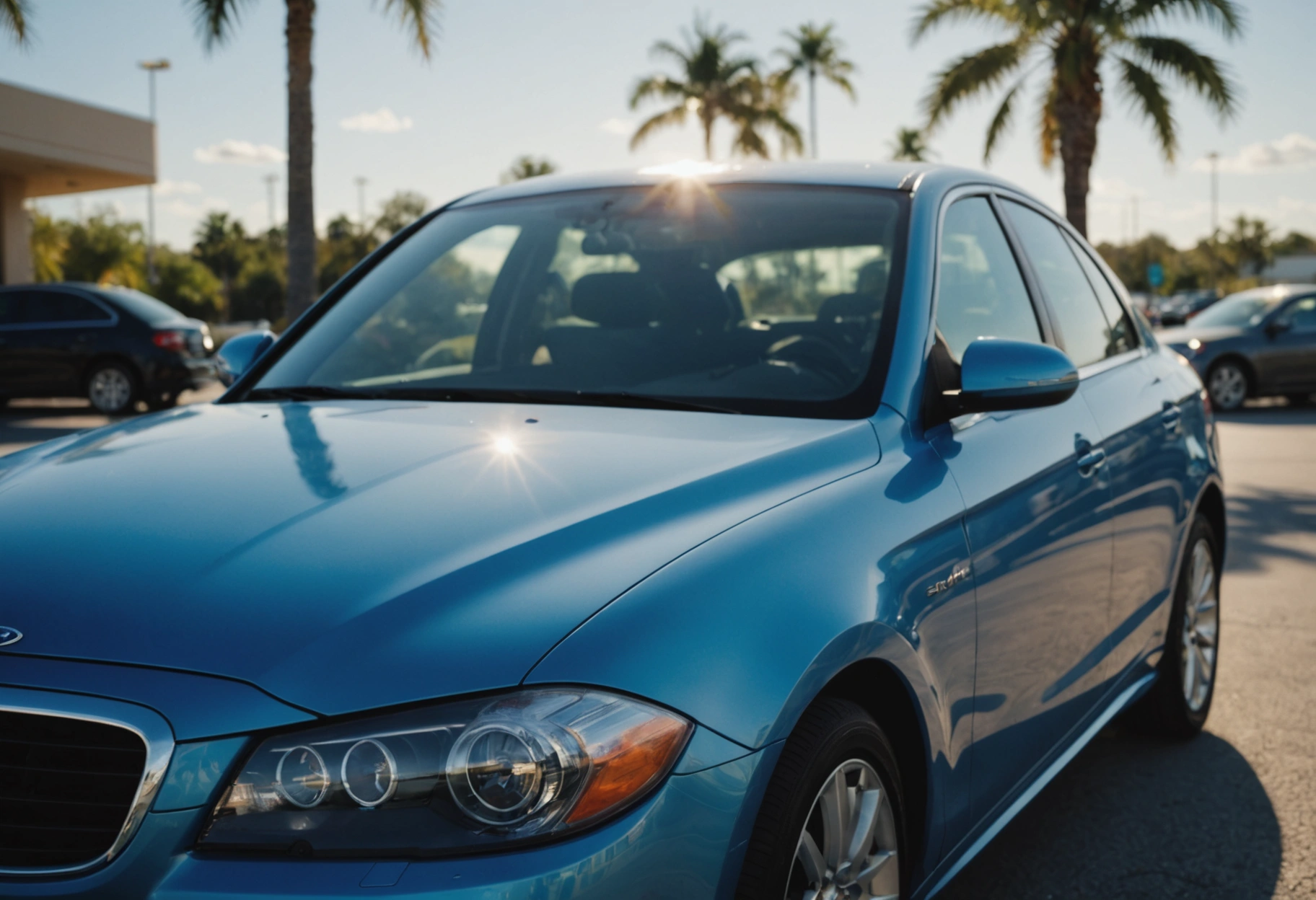
For more stubborn contaminants like tar or sap, use a paint-safe remover and avoid scraping or rubbing aggressively. Always test any cleaner on a small, inconspicuous area first. Additionally, consider using a clay bar treatment every 6–12 months to remove embedded contaminants and restore surface smoothness. For more information on how to safely clay bar your car, refer to reputable detailing guides.
Protecting Paint from Sun and Weather
Ultraviolet (UV) rays from the sun are among the most damaging elements to your vehicle’s paint. Prolonged exposure causes paint to oxidize, fade, and lose its gloss. Whenever possible, park in a garage, covered parking structure, or use a high-quality car cover that is breathable and paint-safe. If you live in an area with harsh winters, road salt and de-icing chemicals can also wreak havoc on your paint finish. Regular washing, especially the undercarriage, is essential during winter months.
If your car must be parked outdoors for extended periods, consider reapplying wax or a paint sealant more frequently to bolster protection. Window tinting can also help shield interior surfaces and reduce overall UV exposure. Staying proactive against sun and weather damage is one of the most effective ways to preserve your paint’s longevity and appearance.
Avoiding Common Hazards and Mistakes
Many well-intentioned car owners inadvertently damage their fresh paint by using improper cleaning tools, parking in risky locations, or applying the wrong products. Avoid using abrasive brushes, dirty rags, or automatic car washes with stiff bristles, which can cause swirl marks and scratches. Always use clean, high-quality microfiber towels for washing and drying.
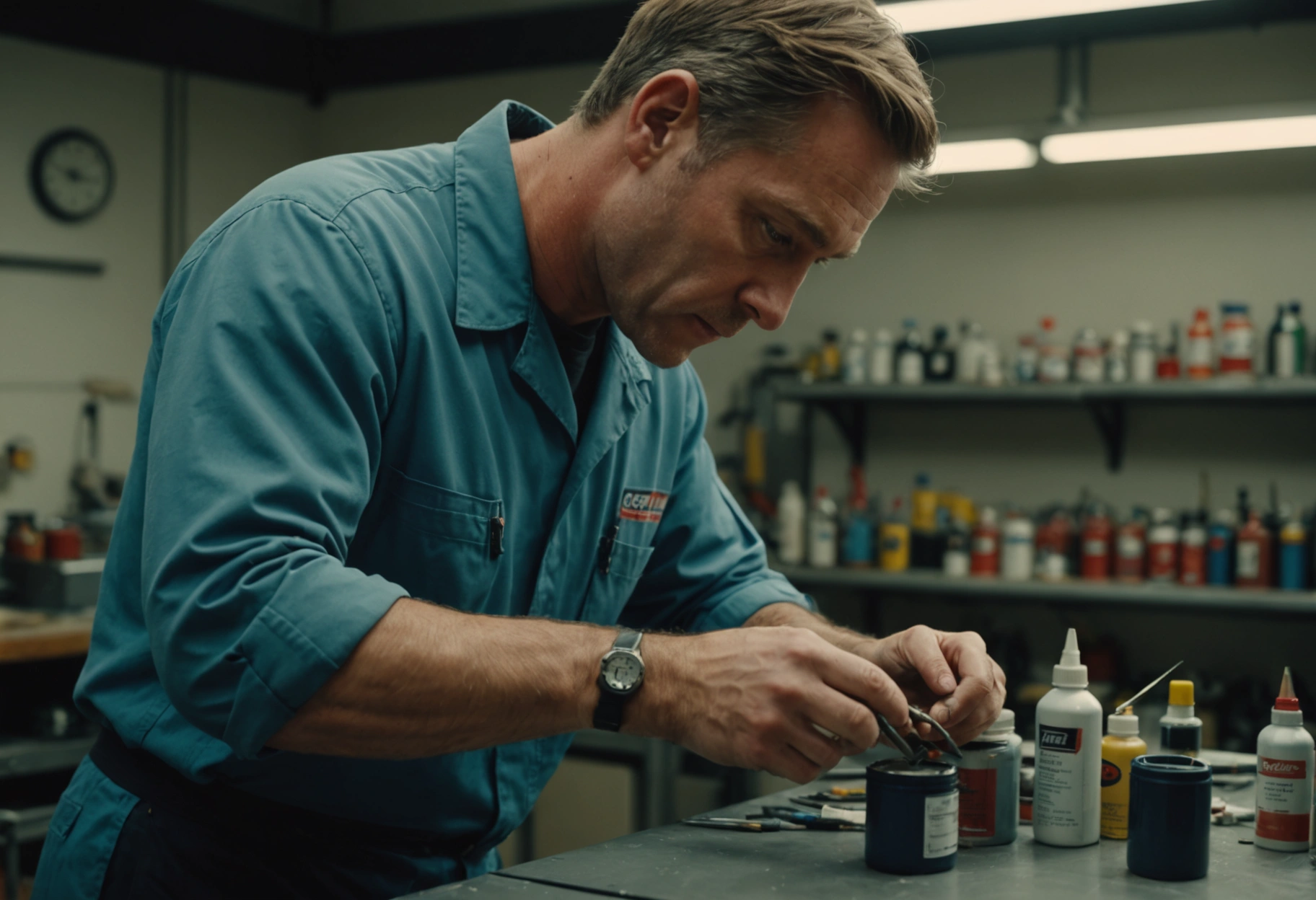
Be cautious when transporting items on your roof or in a trunk, as straps or bungee cords can rub against the paint and cause abrasion. Never place magnetic signs or decorations directly on painted surfaces, as these can trap dirt and moisture, leading to scratches and corrosion. For a comprehensive list of paint maintenance tips and pitfalls to avoid, consult automotive care experts.
Touch-ups and Spot Repairs
Despite your best efforts, chips, scratches, and minor blemishes are sometimes unavoidable. Promptly addressing these imperfections is key to preventing rust and further damage. For small chips or scratches, use a touch-up paint kit that matches your vehicle’s color code. Clean the area thoroughly, apply the paint sparingly, and allow it to dry before smoothing with a fine polishing compound.
For larger or more complex repairs, consult a professional refinishing specialist to ensure a seamless result. Regularly inspect your vehicle for signs of damage, especially after long trips or exposure to harsh conditions. Keeping up with spot repairs not only preserves the paint’s appearance but also protects the underlying metal from corrosion.
Long-Term Maintenance: Establishing a Routine
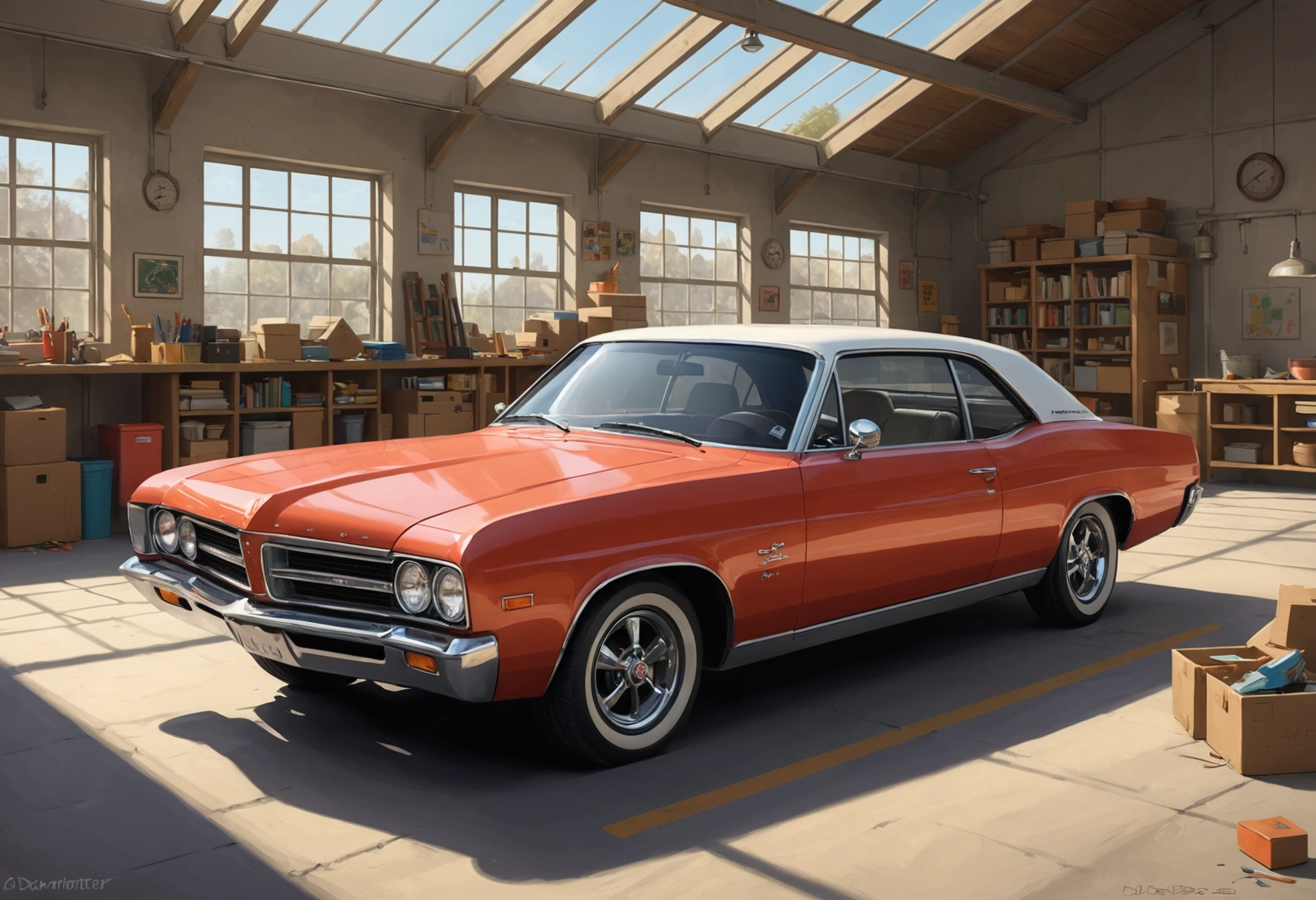
Establishing a consistent maintenance routine is the most effective way to keep your paint job looking pristine. Set reminders for regular washing, waxing, and inspections. Keep a supply of quality cleaning products and microfiber towels on hand, so you’re always prepared to tackle contaminants or sudden weather changes.
Consider joining online forums or local car clubs to share tips and stay updated on the latest paint care products and techniques. Many enthusiasts rely on professional detailers for periodic deep cleaning and paint correction, which can address swirl marks and restore lost gloss. Following a structured maintenance schedule will prolong the life of your professional refinish and keep your vehicle turning heads.
Safeguarding Your Investment
A professional paint refinish is a valuable investment in your vehicle’s beauty and longevity. By understanding the unique needs of freshly applied paint and adopting meticulous maintenance habits, you can protect that flawless finish for years to come. Be patient during the initial curing period, use proper washing and waxing techniques, and remain vigilant against environmental hazards.
Remember, every detail matters—from the cleaning products you choose to where you park your car. By following these expert tips and leveraging the wealth of information from reputable automotive care guides, you’ll ensure your vehicle’s paint retains its depth, gloss, and protection. With commitment and care, your freshly refinished vehicle will continue to look as stunning as the day it left the paint booth.
Need help with How to Maintain Your Vehicle’s Paint Job After a Professional Refinish?
